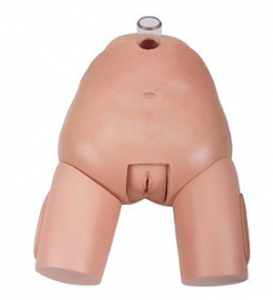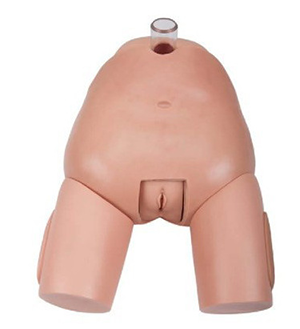ADA MED SUPPLY LIMITED
Phone:+86 19937901373
Tel:+86-0379-65160607
Email:adaanatomy@adaanatomy.com

Article tag: Bladder puncture model puncture training model

As an important auxiliary tool in medical teaching, bladder puncture model has been widely used in medical education and clinical skills training in recent years. Through highly simulated human structure and physiological function, the model provides a safe and controllable simulated operating environment for medical students and medical staff, aiming to help them master bladder puncture skills and improve their clinical practice ability.
First, it is able to simulate the real anatomy and operating environment. It uses advanced materials and technologies to accurately replicate the shape and texture of the human bladder and its surrounding tissues, allowing the operator to feel similar touch and pressure when practicing. This highly simulated simulation environment helps the operator to better understand and grasp the operation steps and precautions of bladder puncture, thereby improving the accuracy and safety of the operation.

Secondly, it has repeatability and adjustability. Unlike real patients, models can be used over and over again, allowing the operator to practice several times until the technique is mastered. At the same time, the model can also be adjusted as needed to simulate different conditions and operational difficulties, so as to meet the training needs of different levels of operators.
In addition, the risk of medical training is reduced. In actual operation, due to the particularity of the operation object, once the operation is wrong, it may cause serious injury or even life danger to the patient. Training with the bladder puncture model avoids this risk, allowing the operator to practice repeatedly in a safe environment until proficiency is achieved.
In summary, the bladder puncture model is of great significance in providing effective training. It can not only simulate the real anatomical structure and operating environment, reduce the risk of medical training, but also meet the training needs of operators at different levels. However, in order to cultivate the overall ability and quality of operators, comprehensive training is also needed in conjunction with the clinical practice of real patients.